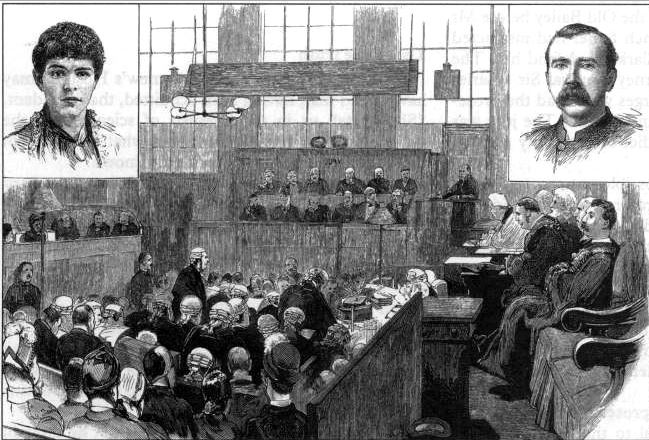The Victorian era’s best known unsolved slayings are those of Jack the Ripper, whose identity remains as much a mystery today as it was then. However, the Ripper’s weren’t that era’s sole unsolved slayings. Take the Thames Torso Murders: for years, bits of human bodies mysteriously washed on that river’s shores. Below are twenty five things about those and other Victorian murders and fascinating facts.
A Steamy and Fatal Affair That Scandalized Victorian Britain

In 1855, Madeleine Smith, the twenty-year-old daughter of a prosperous Glasgow family, fell in love with Pierre Emile L’Angelier, a warehouse clerk. Her parents strictly forbade the relationship on grounds of L’Angelier’s humble social background and poor financial prospects. Love – or lust – won over, however, and the duo commenced a torrid affair that scandalized Victorian Glasgow.
By early 1857, things had run their course far as Smith was concerned, and she agreed to marry a more suitable man introduced by her parents. L’Angelier was not ready to let go. When Smith asked him to return hundreds of steamy love letters in which she had promised to marry him, he refused. Instead, he threatened to publish them unless she agreed to marry him. He never got to carry out his threat.

On March 23rd, 1857, L’Angelier died of arsenic poisoning. Police investigation revealed that Smith had recently bought arsenic. They also found L’Angelier’s diary, in which he expressed his suspicion that he had been poisoned by Smith. So she was arrested and charged with murder. The resultant trial that July was a sensation.
Between Smith’s beauty, and the steamy love letters whose contents were read in court, Victorian Britons were captivated. Smith’s poise swayed spectators, and she testified that she had bought arsenic not to poison her ex-lover, but as a facial cleanser. She swayed the jury, who returned a verdict of “not proven”, and she was set free. After the scandal, Smith’s family was forced to leave Glasgow. She married twice, and ended her days in obscurity in New York, in 1928.

